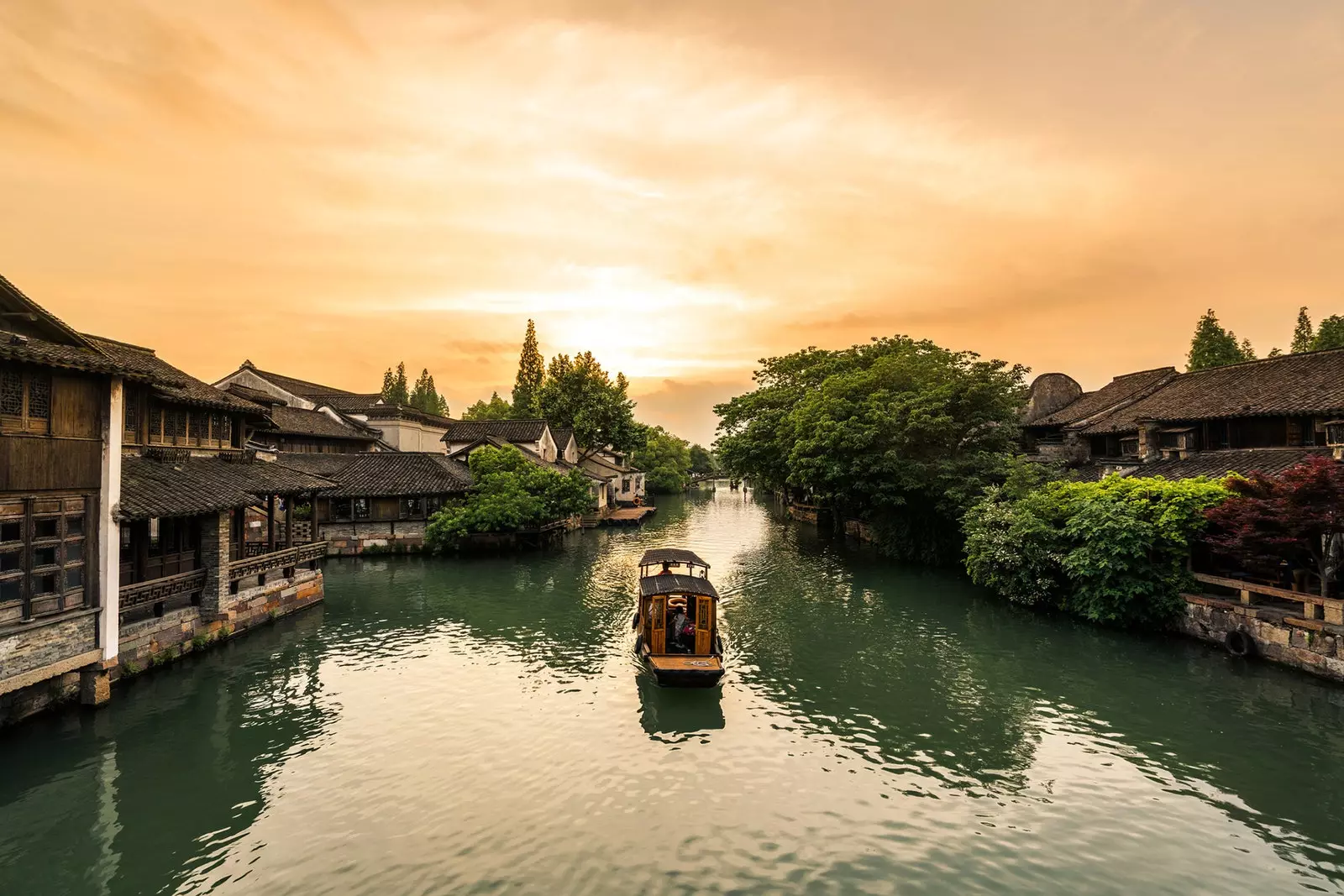
China's Venice is an hour from Shanghai
In the Jiangsu Province, right in the delta of the Yangtze, King He Lü raised Suzhou in 514 BC Since then, the Chinese people have tried to harness the challenging water currents and put them to their service. The result is one of the most beautiful towns in Asia.
In general, travel to China can become a real odyssey, a welcome based on unpredictable downpours and endure hot and humid weather Until I say enough. venture into streets whose names do not appear in the guides It is a double challenge: to decipher the name of the tracks in a plausible alphabet and to find out if it corresponds to the mysterious passage in which you find yourself. A challenging, multifaceted and suggestive destination in equal parts.
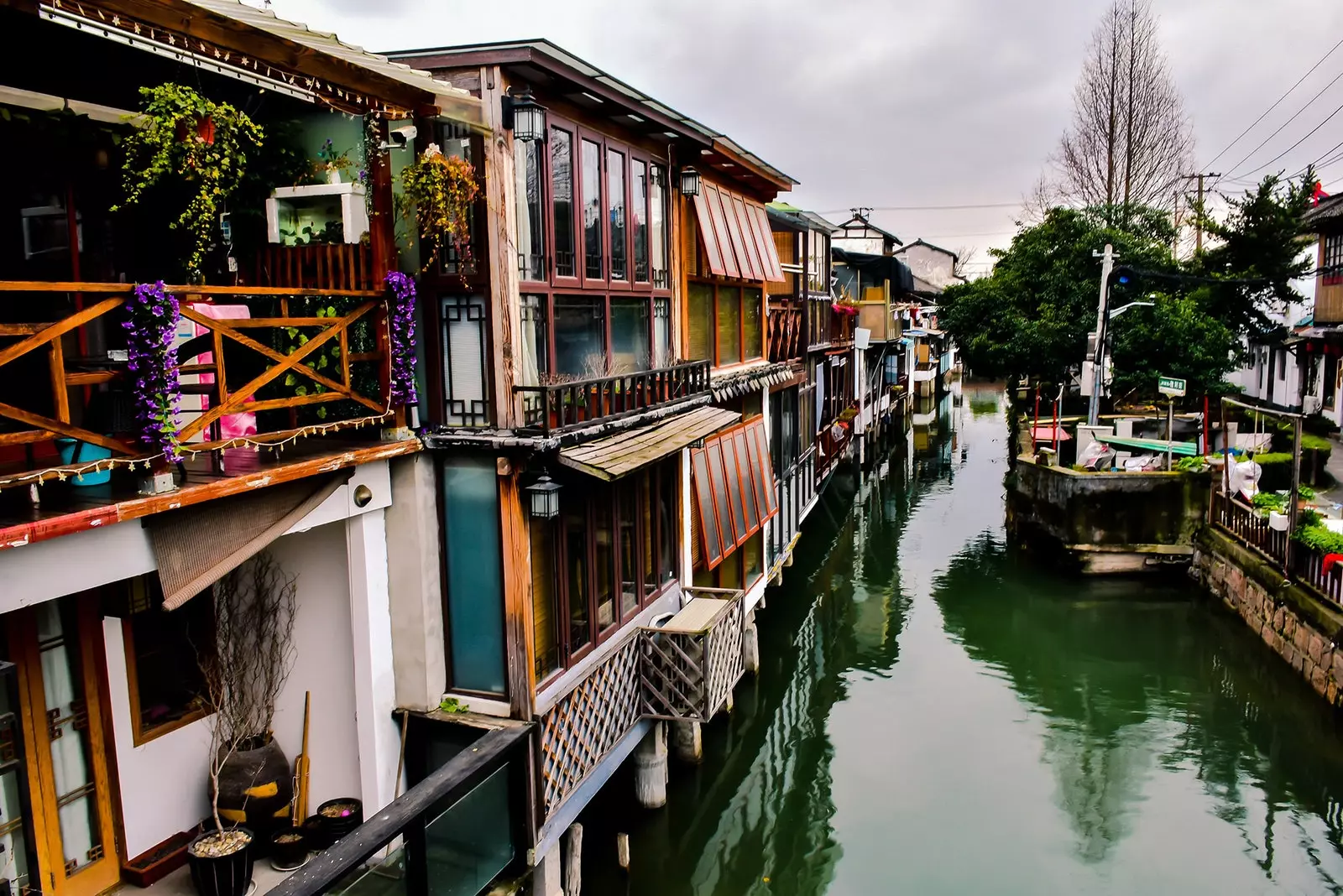
Being in Suzhou, in the words of the Chinese themselves, corresponds to being in Babia, oblivious to everything
Being in Suzhou, in the words of the Chinese themselves, corresponds to being in Babia, oblivious to everything, absorbed. This reveals some hints of its charm, of the atmosphere it gives off.
This city, one hour from the city of skyscrapers, has seven million inhabitants, a trifle if we compare them with the 26 million citizens that are overcrowded in Shanghai. Thus, it stands cosmopolitan and gigantic in our eyes, but infinitely calmer.
The center of Suzhou has survived (or almost) the passing of history and its whims and the technological shaking, and shows that there are still corners that mass consumption has not been able to conquer.
A RIVER LANDSCAPE SURROUNDED BY GARDENS
The first thing one discovers is that Suzhou is unique, with a history that dates back more than 2,500 years and that raised this city of canals as an important political, industrial and commercial center. And it is that in addition to its unique beauty, Suzhou was a notable step on the Silk Road and for this reason certain traditional businesses linked to the textile guild are still maintained.
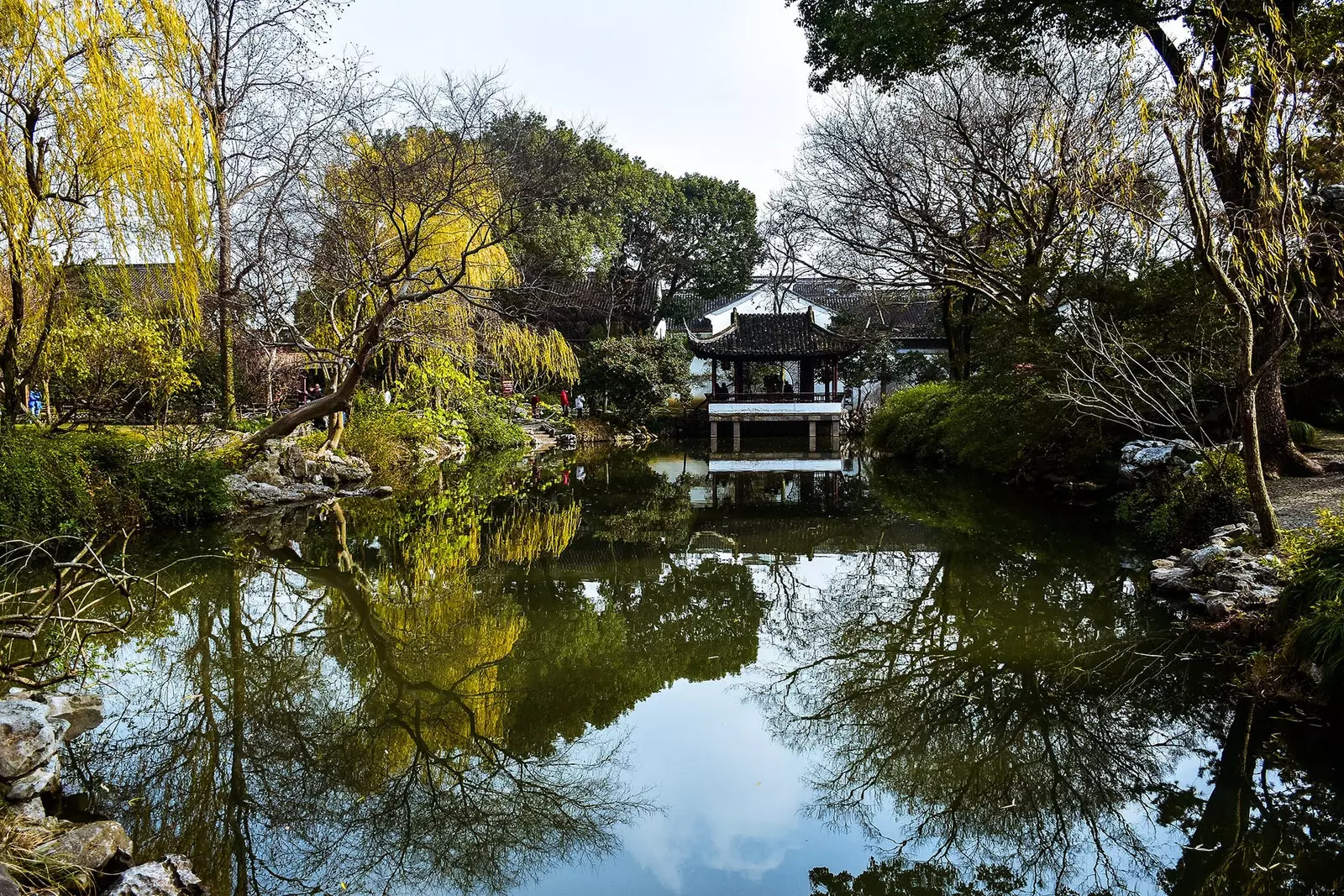
It has managed to harmonize its economic development with its reputation as a City of Gardens
Suzhou has managed to harmonize its significant economic development with its reputation for City of Gardens, city of water, city of canals , bathed by the Grand Canal.
There are not a few sayings that mention Suzhou as a unique enclave. The most popular of them all, “In Heaven there is a paradise, on Earth there are Suzhou and Hangzhou”. The Jesuit priest Álvaro de Semedo, originally from Nisa (Portugal), traveled as a missionary to China during the 17th century, and about Suzhou he added: “This is the most delicious city of all those that exist in China, where it is said as a proverb that it is a paradise on Earth”.
There are two streets that enjoy reasonable fame. Ping Jiang Road it shines under the influence of the lanterns, the wooden houses, the silk and tea shops and the typical street stalls. merchants promise the wonders of its grilled products, the sweet licorice and the legendary moon cake, traditionally made to celebrate the Mid-Autumn Festival, dedicated to the moon. Among its many charms, Ping Jiang Road retains its cobbled pavement, which reinforces the image of a remote past that resists.
For its part, Shan Tang Jie Street stands out for succeeding one of the most popular channels by configuring the image of Suzhou par excellence.
ADMINISTRATOR'S GARDEN
As we go through the tour, we discover that we will not be able to include all the gardens of Suzhou in our visit. Resignation is accompanied by memory, the Patios de Córdoba for example, abundant but overwhelming even for the neighbor himself.
If Suzhou can boast of something, without a doubt, it is its numerous and extraordinary gardens. The most famous are the Lion Garden (Lín Yuán), the Couple's Retreat Garden (Ŏu Yuán), and high above them all: the Administrator's Garden (Zhuōzhèng Yuán).
In addition to those mentioned, in its heyday Suzhou had 400 gardens surrounded by canals and gutters . Today 80 are preserved, 10 of them open to the public.
The Administrator's Garden is Suzhou's largest private garden built around 1500 by the Ming dynasty. Wang Xianchen was a prominent official who used this solemn residence as a retreat, where he was in charge of taking care of the orchard and selling vegetables.
Three parts are guessed that communicate with each other through bridges, winding streets, stone labyrinths, bamboo forests and ponds on those who dance lotuses.
A rugged area with hills, streams and bamboo forests; the central area featuring the large lake, around which pavilions and halls are arranged; and the western part, which houses the most sensational buildings in the complex: the Hall of Eighteen Camellias and the Hall of Thirty-six Mandarin Ducks. the triad culture, nature and art shake hands in this majestic construction.
It's no wonder they surprise you models dressed in hanfus or qitaos starring in a picturesque photo shoot in the circular doors or in the most unusual corners of the enclosure.
The retinue of tourists is endless and smartphone addicts will not let go the swaying of the carp or the curious bonsai museum that houses the garden.
COUPLE'S RETREAT GARDEN
Unlike what one finds in the Garden of the Administrator, crowded with tourists, cameras and inns, the Couple's Retreat Garden is a haven of peace punctuated by the spontaneous presence of a visitor.
The natural landscape**** constitutes the backdrop of these sites where the tourist manages to get lost through the vegetation. Artificial hills surround lakes and above them float islands with pavilions sprinkled by willow branches.
It is surprising how the asian tourist approaches us to be photographed with us, amazed by our pale faces, almond-shaped eyes and prominent noses. The attractiveness of the garden is diluted by the impact of the western profile.
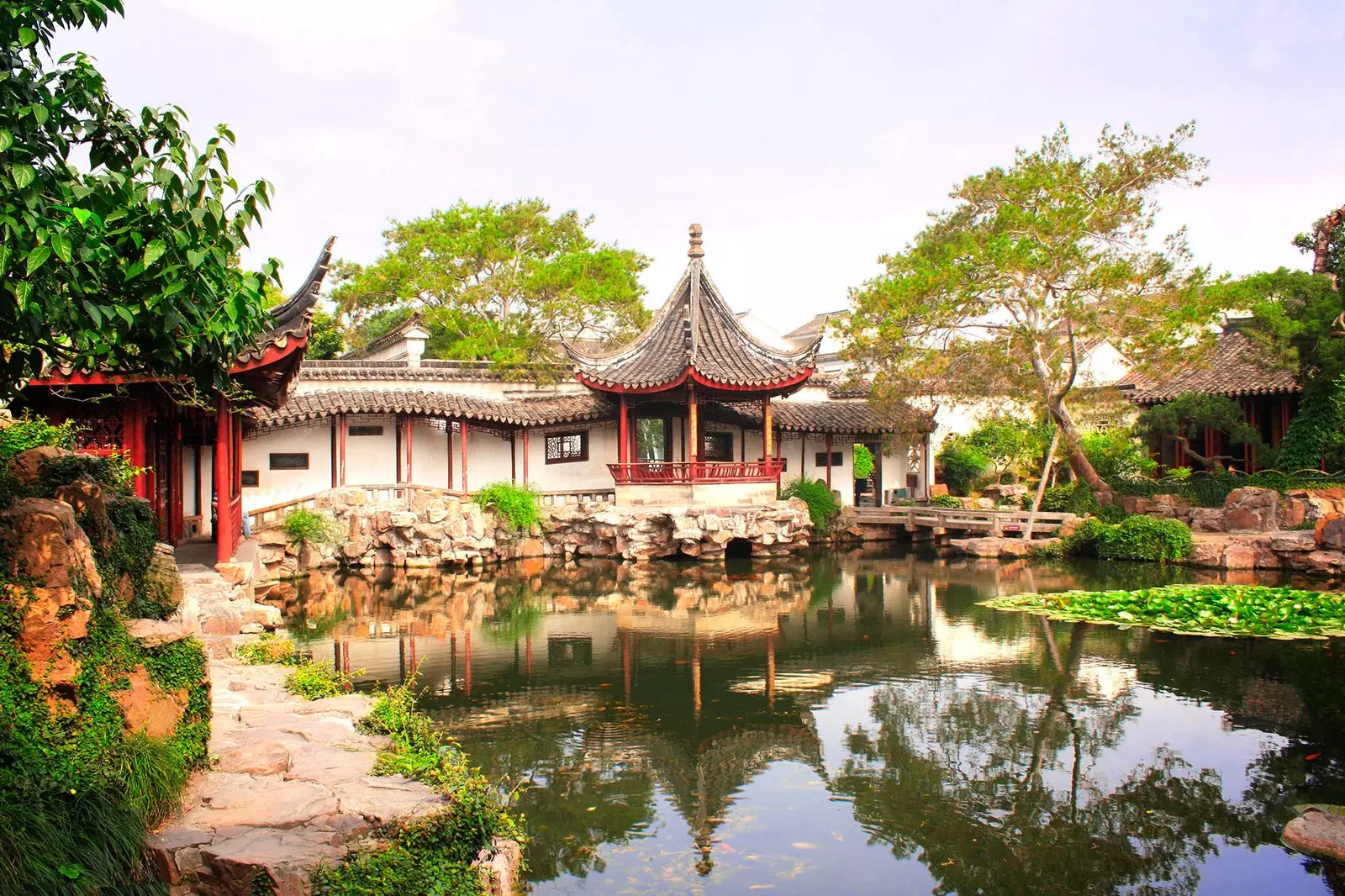
Administrator's Garden
TWIN PAGODAS AND THE MYSTERY TEMPLE: SOLO VISITS
It often happens that the most exceptional places are the least crowded. This was the case with the Couple's Retreat Garden, the Twin Pagodas (Luohanyuan Shuangta) and the Temple of Mystery (Xuanmiao Guan).
The Twin Pagodas are one of the best kept secrets in the city, the peaceful alternative to crowded gardens, away from the heart of Suzhou. Two iron structures covered in mud They stand facing each other as if it were a mirror, although with half a meter of difference. Against all odds, its semi-abandoned appearance and the wild plants that poke out from its roofs give this landscape of a unique beauty.
Located in Guanqian commercial street, the temple of mystery It is a Taoist temple that once functioned as a market. Its about unique example of Song architecture that remains in the city.
SUZHOU FOR WHILE
Like so many other cities, Suzhou is not seen in a day although the guides guarantee otherwise. Some of the wonders that visitors should not miss if they have the necessary time are the Hill of the Tiger and the Pagoda of the North Temple.
When we thought that Suzhou could not surprise more, it kept an astonishing ace up its sleeve: it has his own Tower of Pisa.
And it is that the Tiger Hill (Huqiu Shan) welcomes on top a seven-story pagoda from the 10th century which stands out for a peculiarity: it is tilted An ancient legend says that when King He Lü, founder of the city, died, the inhabitants saw a white tiger on the hill to protect the monarch's grave.
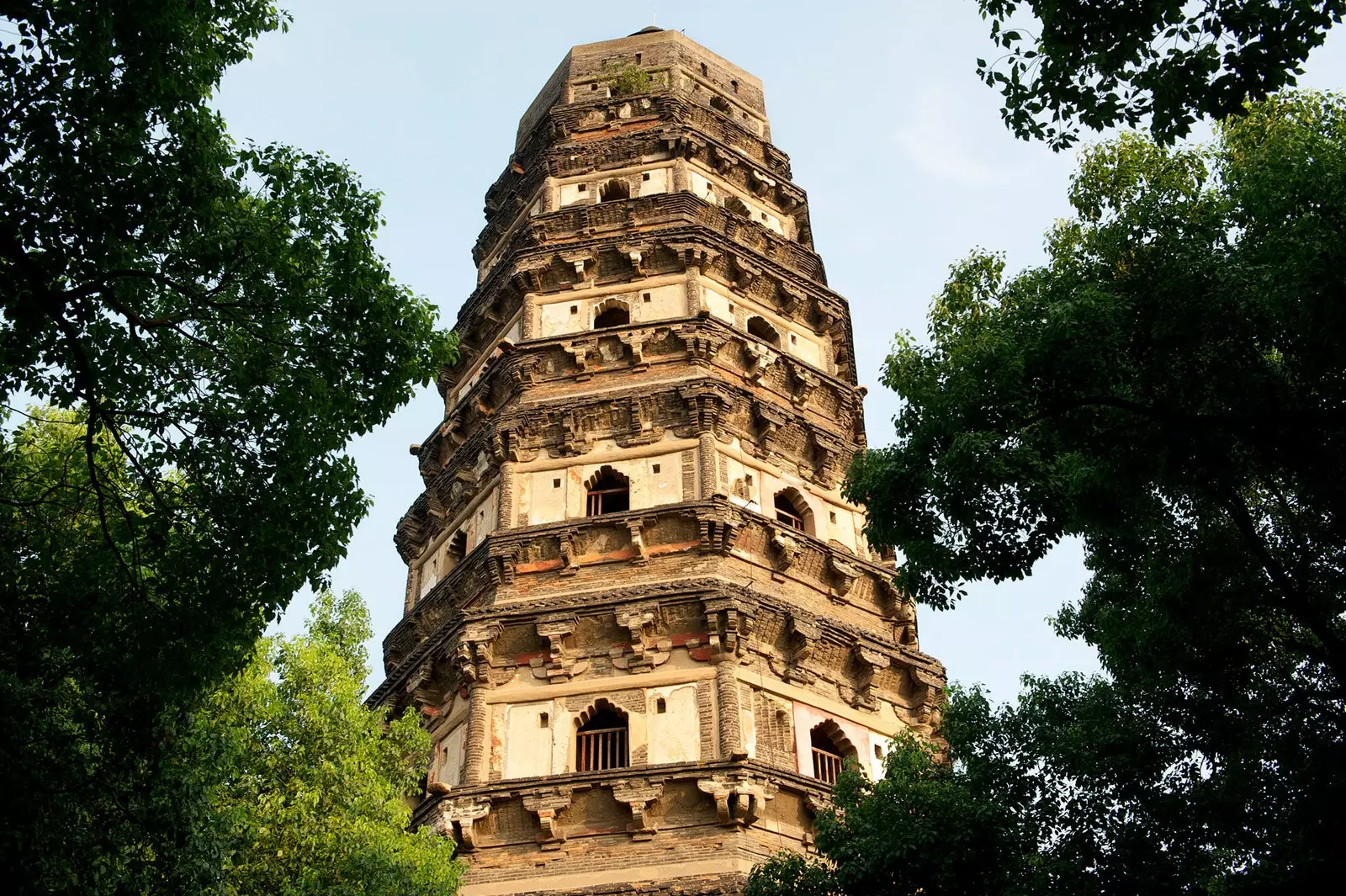
The Hill of the Tiger houses at its top a seven-story pagoda from the 10th century
For its part, the North Temple Pagoda (Beisi Ta) It is located a few steps from the Garden of the Administrator and its 76 meters high never cease to amaze.
Narratives of the past are written in Suzhou through aquatic brushstrokes, a whimsical and tropical landscaping developed by various dynasties around the Yangtze delta. An amalgam of religions, dogmas, rituals and lineages come together in this land to dream.
